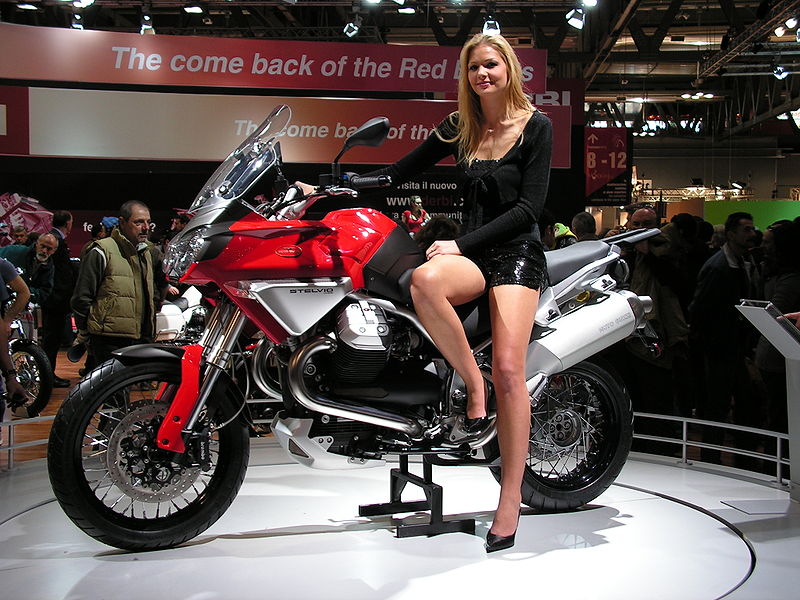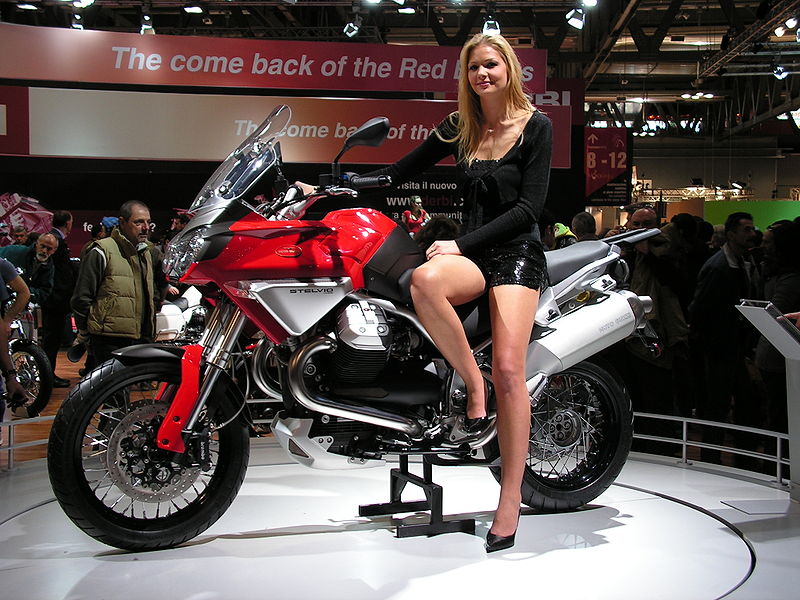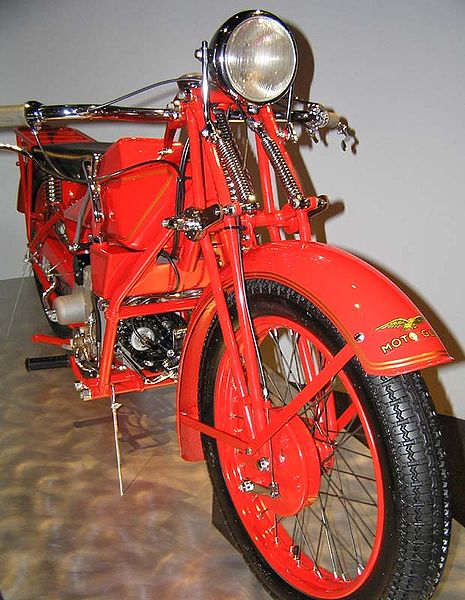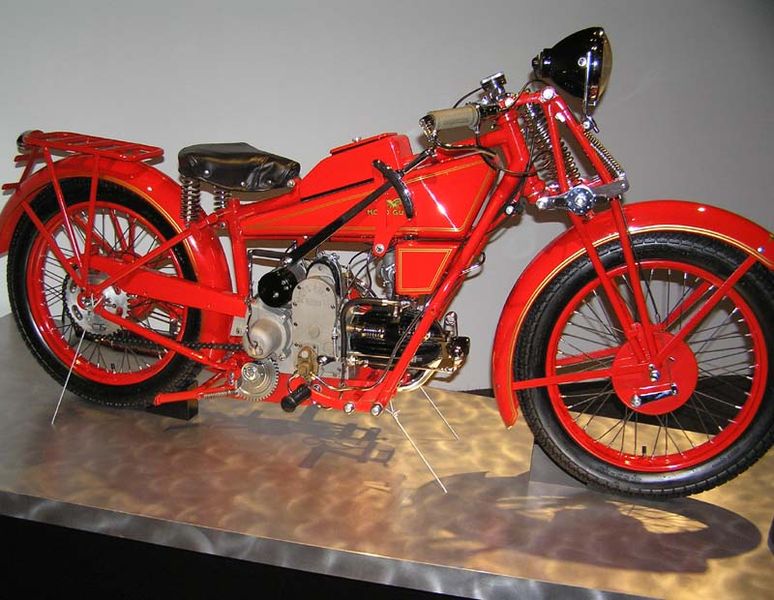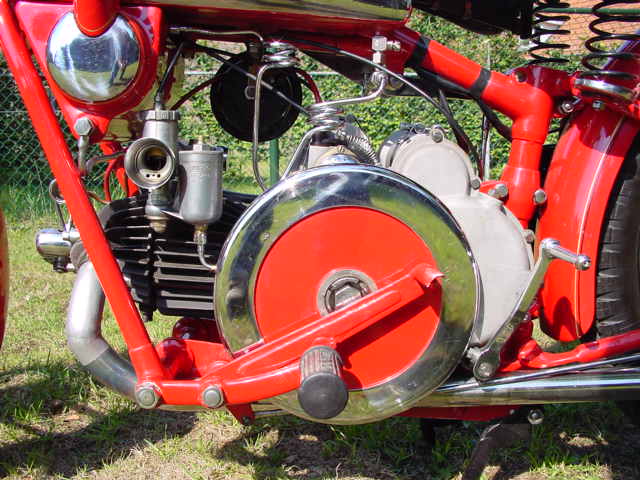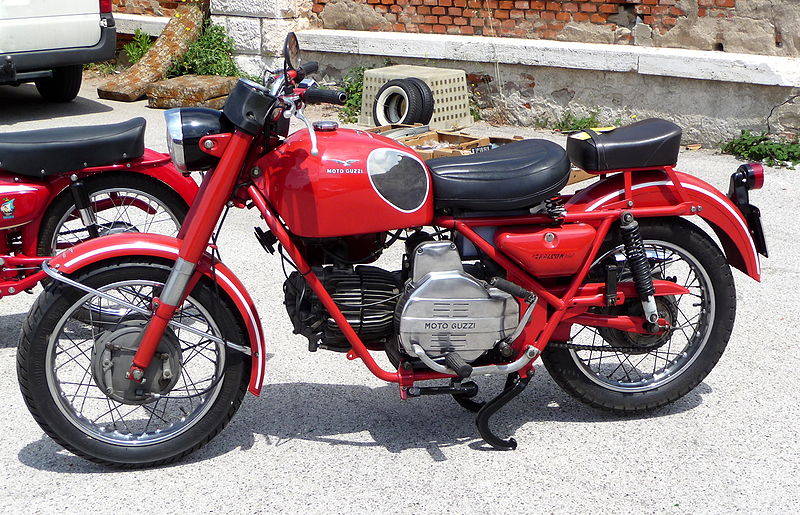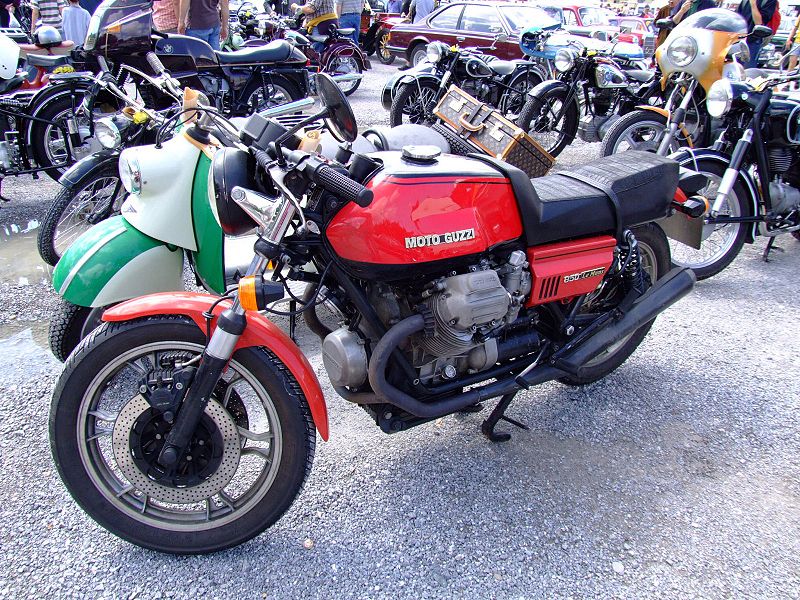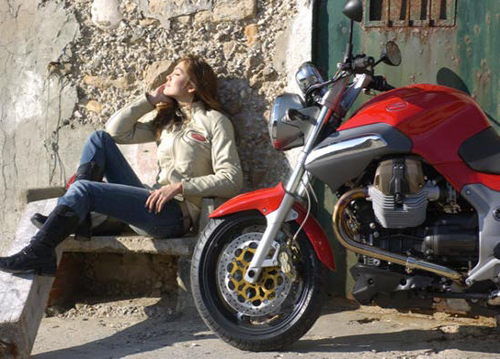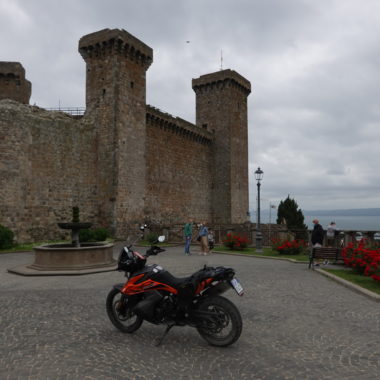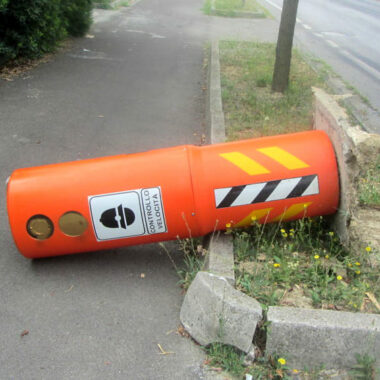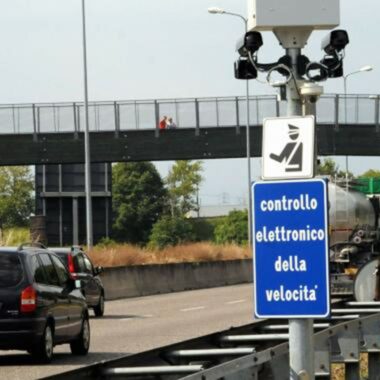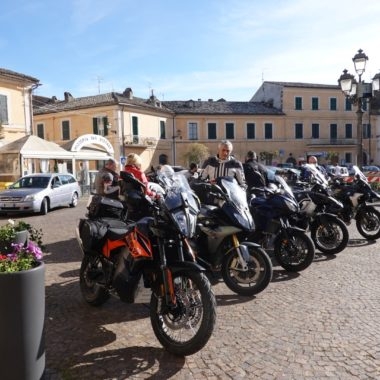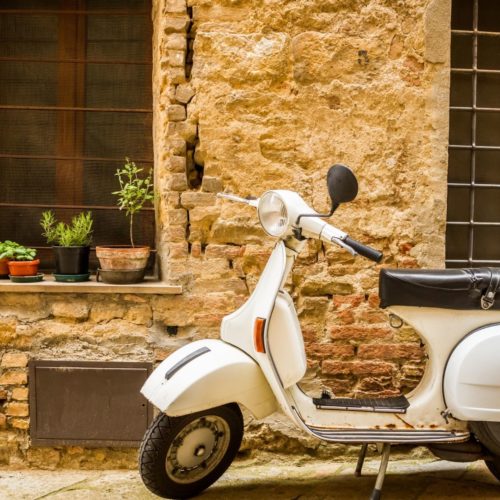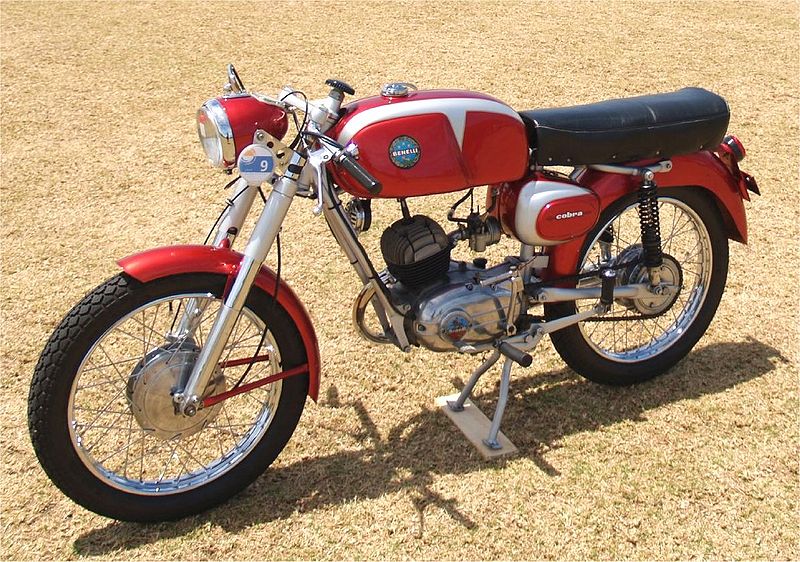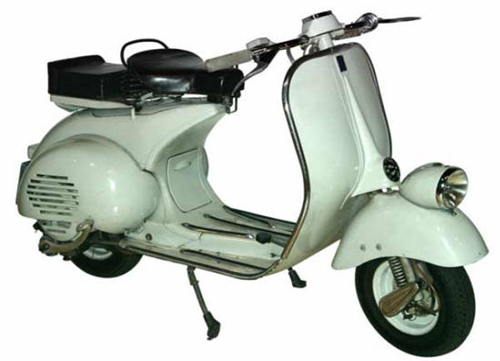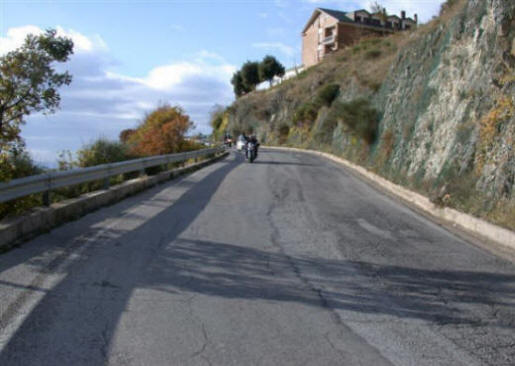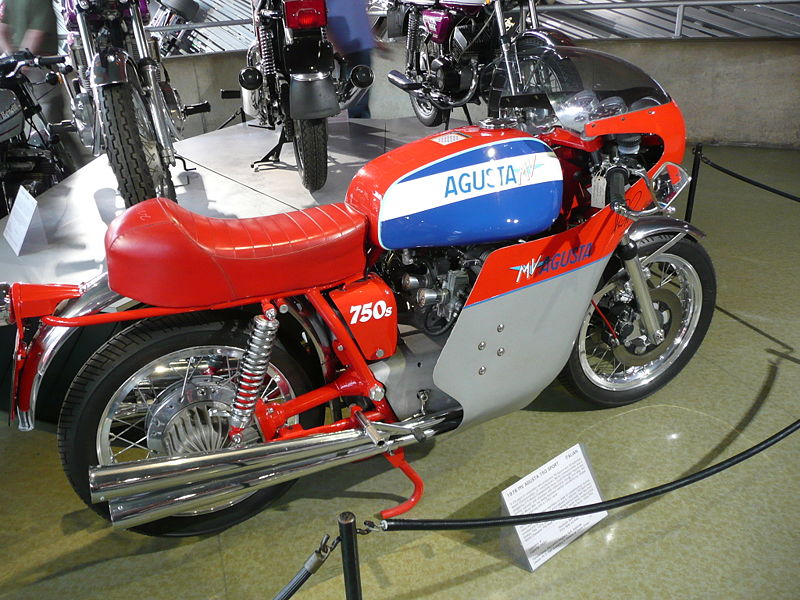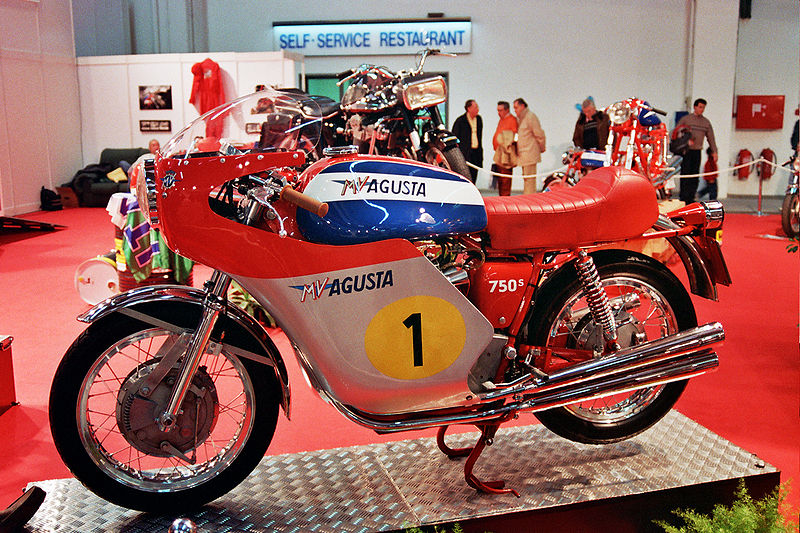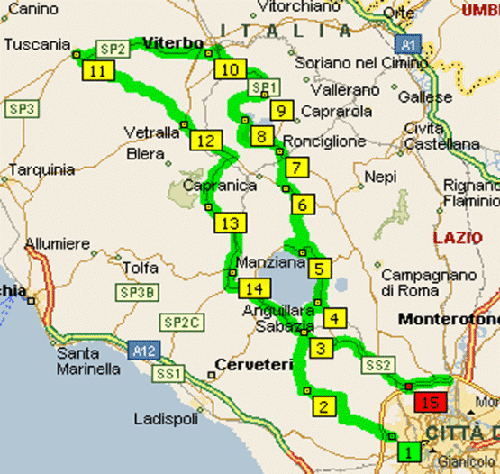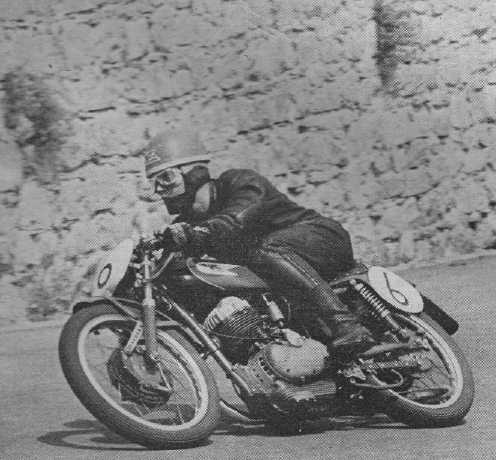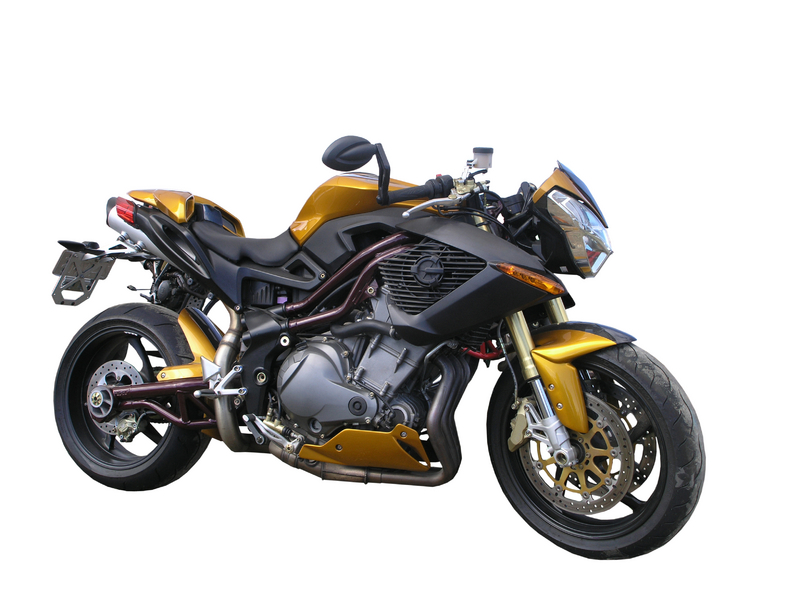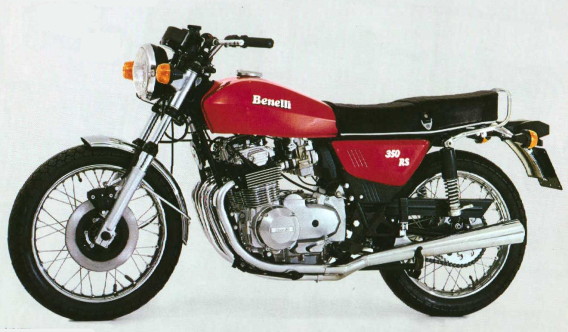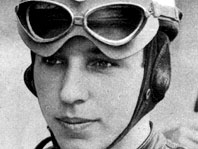The legend of Moto Guzzi was born in 1920, when three men who had served in the air corp decided to set up a motorcycle firm. Carlo Guzzi, Giovanni Ravelli and Giorgi Parodi had great dreams. When Ravelli was killed in a plane crash, Carlo and Giorgi made the decision to continue with their plans.
The First Motorcycle
Carlo designed the Company’s first bike that same year. It was a 500cc called Normale. It began to be produced after some racing success in 1922. The Normale was a popular model that had an overhead cam, a 4-cylinder head, 82mm stroke and 88mm bore.
Financial Backing
Carlo and Giorgio needed financial backing. They made arrangements to show the bike to Genoese ship owner, Emanuele Vittorio Parodi. The original loan they were given was for two thousand lire. Subsequently, Vittorio backed the men with enough finances to construct a motorcycle company. Societa Anonima Moto Guzzi was born on March 15, 1921.
Function and Reliability
Carlo Guzzi had a vision. He wanted to produce motorcycles where every component was essential and rational. Moto Guzzi motorcycles had to be both functional and reliable. His first prototype was far different from other motorcycles with its low-slung frame and superior engine configuration. For more than eighty years, Moto Guzzi has followed Carlo’s philosophy.
Company Name
The first motorcycles produced by the Company sported the G.P. name for Guzzi-Parodi. However, it became confused with the initials of Giorgio Parodi. In order to avoid further confusion, the name was changed to Moto Guzzi. At this time the eagle logo was added to honor the late Giovanni Ravelli.
Promoting Moto Guzzi
Carlo Guzzi made his racing debut on May 28, 1921, in order to promote the new model. He entered the Milan-Naples race with the two bikes the Company had produced. Moto Guzzi took 20th and 21st place. In September of that year, a Moto Guzzi, driven by Gino Finzi won first place at the Targa Florio. This was the beginning of extraordinary racing success for the Company. Between 1921 and 1957, Moto Guzzi took 14 World Championships, 11 Tourist Trophies and succeeded in 3, 329 other races.
Models 1923
In 1923, Moto Guzzi introduced the Sports series. It was highly successful with the Sport 15 model being at the top of the list. In 1928, the GT, which was the first Moto Guzzi with an elastic frame, was launched. This model caused much controversy in the world of motorcycle manufacturing. Eventually, all motorcycle builders worldwide accepted the elastic frame.
Growth
In 1934, Moto Guzzi encountered a dramatic growth spurt. Just seventeen years after the Company was established, the workforce had increased from 17 to 700. This was the same year that the Guzzi 500 twin debuted. It had a 120-degree V-engine and the motorcycle dominated the World Championship circuit. In 1935, the Moto Guzzi 250 and 500 twin, with their elastic frames, ran to victory in the Tourist Trophy that took place on the Isle of Man. It was the first time in motorcycle racing history that a non-English bike had won the most important race in the world. Moto Guzzi became an instant legend.
1930s Models
Two new models were introduced in the 1930s decade – the P250 and the P175. As well, derivations of these bikes debuted – the Adrella, the Egretta, the PL, the PE and the Airone 250. The Airone was a medium capacity motorcycle that was very popular in Italy for 15 years. Racing models were also developed for private riders. These included the Condor, Gambalung and the Dondolina.
Post WWII
When WWII ended, the motorcycle market saw radical change. Italy had been devastated during the war. Many road were destroyed and cars were so expensive that they could only be purchased by the wealthy. This was good news for Moto Guzzi. Motorcycles became the main mode of transportation in the country because the progress in technology allowed manufacturers to develop low-powered bikes. Italians loved their lightweight motorcycles and scooters. This mode of transportation got them where they wanted to go at a good rate of speed, they were economical, clean and easy to handle on the curving roads.
The 1960s
The 1960s saw major changes come to Moto Guzzi. Giorgio Parodi had died in 1955 and Carlo Guzzi passed away in 1964. The Company was purchased by SEIMN just as a huge crisis hit the motorcycle sector. At this time, Moto Guzzi focused mainly on lightweight machines. Mopeds, such as the Dingo and Trotter were in great demand. Carcano developed the 90-degree twin engine, which later became a symbol of the Company.
In 1967, Moto Guzzi launched the V7. It was the first bike to hold Carcano’s V-twin. This bike had the capacity of 703cc. It was a great success.
The 1970s
In 1971, the V7 Special was released. The capacity was 750cc. Shortly thereafter the V7 Sport was launched to amazing success. The Ambassador and California Special versions were developed for Moto Guzzi’s American market. Then, in 1973, Moto Guzzi was integrated into De Tomaso Inc. The Company produced a series of 4-cylinder engines. The result was the Guzzi 254. Focus was then changed to the development and production of the V-twin.
All V7 versions after this time had a Sport frame. In 1977, these were adapted to versions with lower capacity by way of the Guzzi V50 and V35. These models were the basis of the entire range of Guzzi motorcycles during the decade of the 1980s.
Moto Guzzi Le Mans
One of the most famous Moto Guzzi motorcycles, the Le Mans I , nicknamed “Lemon”, debuted in Milan in 1975, and was not available to the general public until 1976. The motorbike was ahead of its time, and could almost be a contemporary bike in today’s world. In a time where only engine performance was noted in Japanese motorcycles (The legendary Kawasaki 900 for example, or the 750 2 stroke Kawasaki had an even more brilliant engine but was so horrific in turning and braking, that was nicknamed ‘the flying coffin’ ), the Le Mans was reliable and handled as well if not better than many bikes of its time. It was revamped for 1978 to the Le Mans II, and another redesign in 1981 with the Le Mans III. The last of the Le Mans was the Le Mans 1000, and its run ended in the early 1990’s.
The 1990s
During the decade of the 1990s, the Guzzi spirit was revived. Motorcycles produced included the California and Nevada series, as well as the VII Sport.
Moto Guzzi Griso 1100
Moto Guzzi Today
Today, Moto Guzzi is part of the Aprilia group. The VII Sport Rosso Mandello was launched to great success. Tradition and innovation still is the focus of the Company in today’s motorcycle market. The Mandello eagle represents a legend that has never been surpassed in motorcycle history.
By Mary M. Alward

